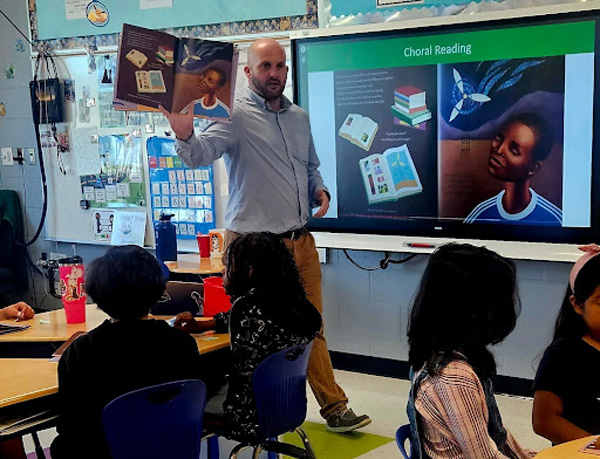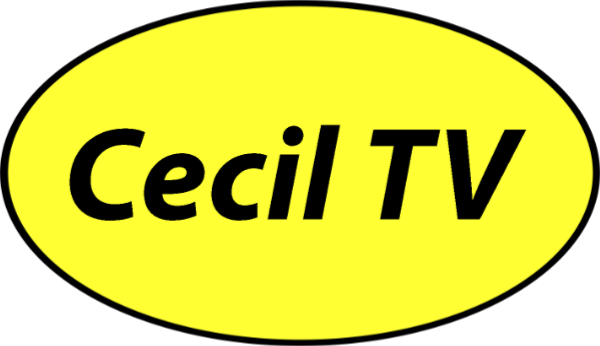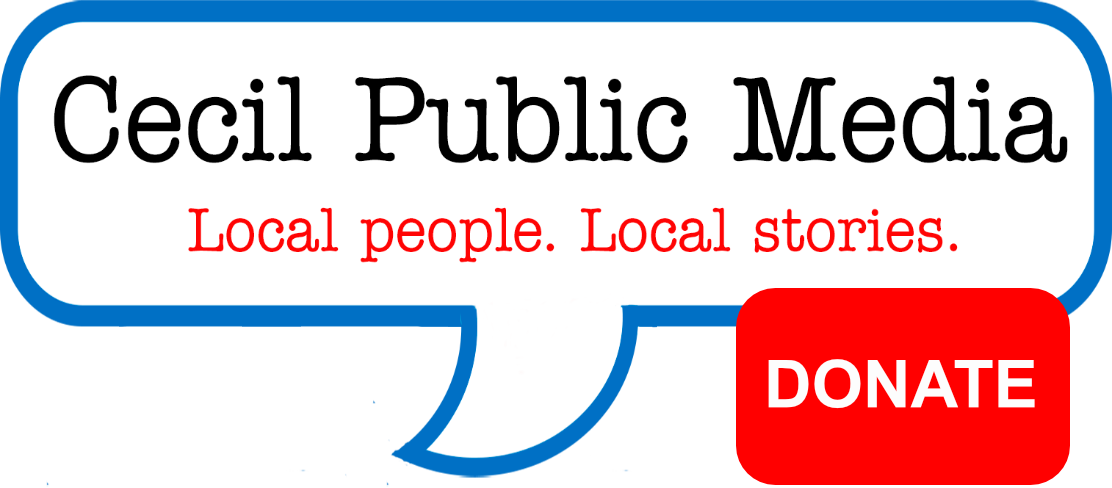August 19th, 2024
From: https://www.the74million.org/
Superintendent’s View: Ensuring a quick pivot to high-quality curriculum lasts over the long term.
Nearly a decade ago, Cecil County Public Schools had some of the lowest-performing elementary schools in Maryland, and teachers used a variety of homegrown curriculum and curated resources to varying effect. Loud calls for change were coming from the teachers’ union and Central Office.
Today, our schools all use Bookworms, a highly structured, open-source curriculum published by the University of Delaware. We adopted and implemented Bookworms districtwide at a rapid clip in 2016 and quickly saw gains in the share of students in grades 3–5 scoring proficient on statewide tests. We have consistently fine-tuned our practices to maintain progress in the years since.
Most major changes don’t happen without a long lead time or thoroughly debated pilot. And many changes cannot be sustained over the long haul. Our experience with Bookworms is a counterexample to both. It is possible to move fast and build reforms that last. Here’s how.
Start with this: Standards are not curriculum
In part, our sustainable change may be rooted in the fundamentally unsustainable practices we sought to replace.
In the past culture of Cecil County schools, teachers were expected to “teach the standards.” In day-to-day life, this meant unpacking state standards as they related to their particular students and designing curriculum, including by picking and choosing among far-flung resources and tried-and-true favorite texts. Too often, this approach didn’t work. Students’ educational trajectories were unpredictable and disjointed. Beloved books were not always at grade level. Meanwhile, teachers were overtaxed, and the local union was calling for public hearings to discuss curriculum and workload.
Around 2015, the district convened a committee to select a standard English language arts elementary school curriculum, one that would allow teachers to focus on instruction and more reliably connect students with rigorous, grade-level learning. The committee selected Journeys and Wonders, by heavyweight publishers Houghton Mifflin Harcourt and McGraw-Hill. Both were costly, comprehensive literacy programs with leveled readers and a suite of related activities and resources.

I was appointed Associate Superintendent of Education Services in 2016 and given a clear mandate from the superintendent: Raise reading scores, now. I reviewed the work of the curriculum committee, and then cast a wider net.
The traditional curriculums that were being considered were bulky and based on teacher choice, which essentially tasked teachers with daily lesson design. It seemed likely that almost no real change would occur.
Ask for expertise and evidence
There had to be more options. I started by tapping trusted colleagues in my professional and personal networks. What districts were making literacy progress? What high-quality, evidence-based programs were they using? Through these queries, I heard about the Christina School District in Newark, Delaware. The Bookworms curriculum, published by the University of Delaware, was helping “move students in Newark,” I was told.
My district is about six miles from the University of Delaware, where I am an alumnus. I made some calls, and with senior colleagues from Cecil County, soon visited a school principal and observed reading instruction in Newark.
Bookworms was a clear fit for our needs. Rather than using leveled readers, instruction is rooted in published grade-level books that students can find at the local library. The Lexile levels were far higher that what we had been using in our district, which was crucial. Just as important, Bookworms lessons are designed so all students can access challenging grade-level books, even if they cannot yet read them independently. We saw that this could help Cecil County students break out of their guided reading groups.
The curriculum is highly structured, standards-based, and taught in three 45-minute periods: an interactive read-aloud that engages all students, a writing and literacy instructional period, and a tiered support period. Teachers’ time and planning energies are reserved for practicing instruction and working to meet individual students’ needs, not designing curriculum on their own.
I also found that the Newark teachers were enthusiastic ambassadors for the curriculum, which as an open-source publication would cost us far less than the prepackaged traditional programs. In my experience, when a group of teachers raves about a resource, you should probably take a look and see why. And by spending less upfront, we could invest more resources in aligned, ongoing professional development to help teachers improve their instructional practice.
Support sustainable change
I recommended Bookworms to the superintendent, who agreed and opted to proceed full steam ahead: no pilot, no public comment period. We did plenty of salesmanship and relationship-building to support a smooth rollout. But the move to Bookworms happened quickly and was not up for debate. We wanted to make a move and keep things simple, and Bookworms was sufficiently streamlined and structured to allow us to do that.
It was important to protect morale and ensure teachers felt supported during the shift. One powerful strategy was to direct all school-based administrators not to base performance evaluations on observations of Bookworms lessons in the first year. Our teachers and administrators were learning the curriculum at the same time and with varying levels of prior expertise. Attaching stakes to classroom evaluations of those lessons was not fair. That took a lot of the pressure off, and both teachers and administrators became more comfortable with the curriculum and with one another. We also brought eight literacy coaches in from the University of Delaware to train and assist, which was helpful.
Another move that helped create a stable transition was allowing elementary level teachers to choose subject specialties. Cecil County also changed math curriculums at this time, and teachers in grades 3–5 were given the opportunity to teach either reading and social studies or math and science. This allowed teachers to really focus on one curriculum and set of instructional strategies.
We also built in out-of-classroom supports for the curriculum, such as an innovative relationship with the county library system. Our students can check a book on the Bookworms reading list out of the library and have it delivered to them in school.
Finally, we did not count on universal enthusiasm right away. I believe that there are times and places where leaders have to take a stand and ask that others come along with them. Then, people need time to experience and come to their own conclusion about whatever change is underway. That’s been my experience with teachers, who may first encounter a planned reform with skepticism but are almost always immediately won over when they see benefits for their students. Decide and act, and then wait.
Four months after we first implemented Bookworms, one of our early skeptics sent me a note that said, “I just love the fact that we are building good little readers.” That’s the sort of evidence that will keep enthusiasm high and maintain curriculum improvement over the long term.



